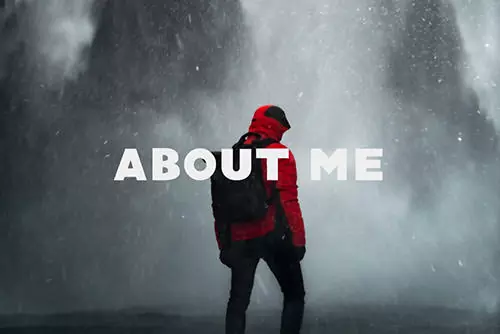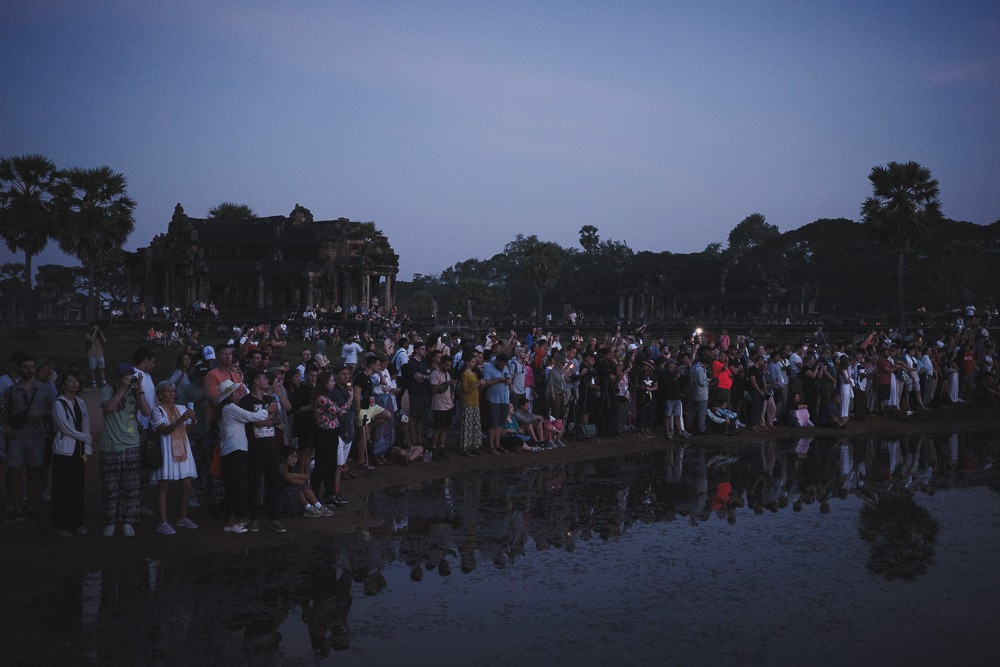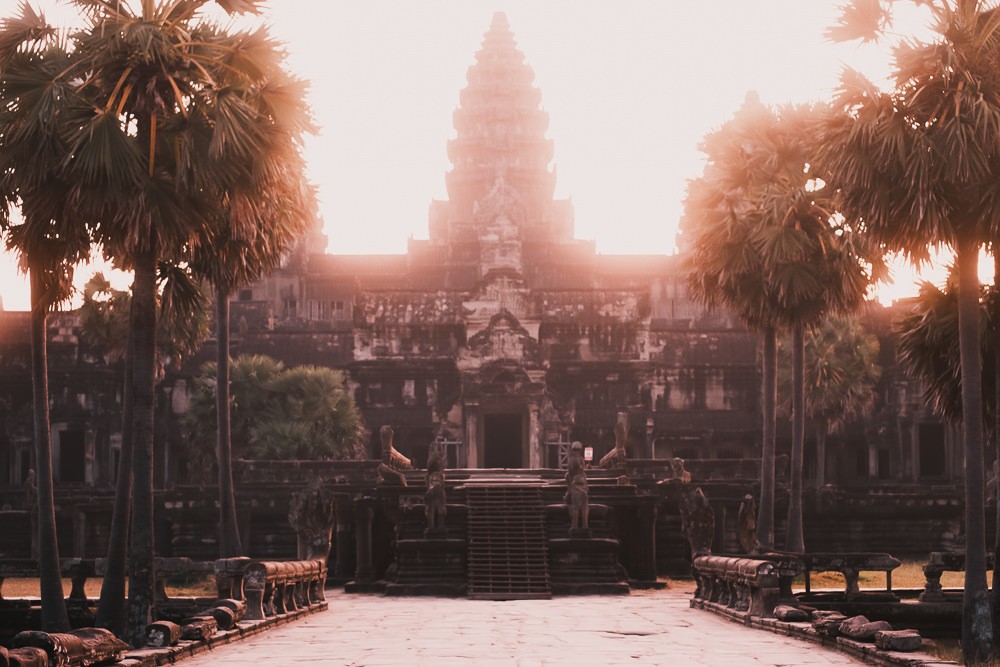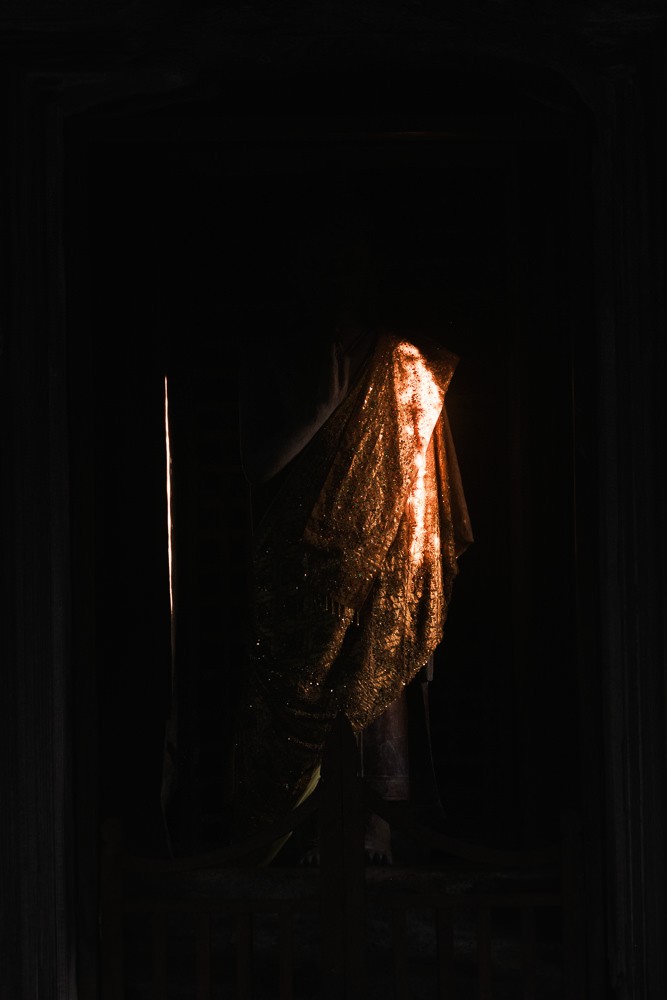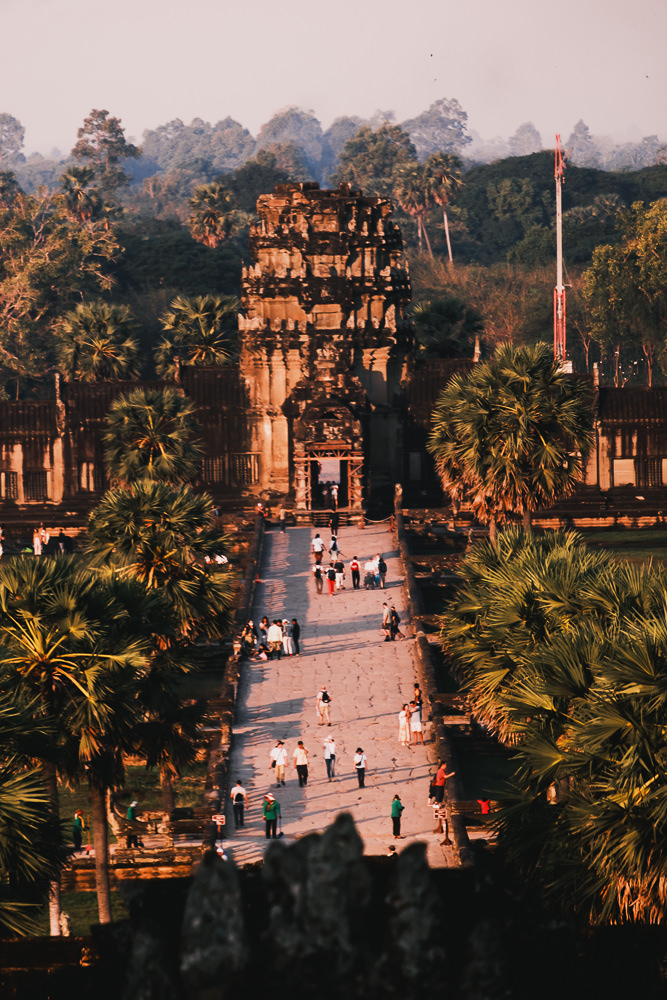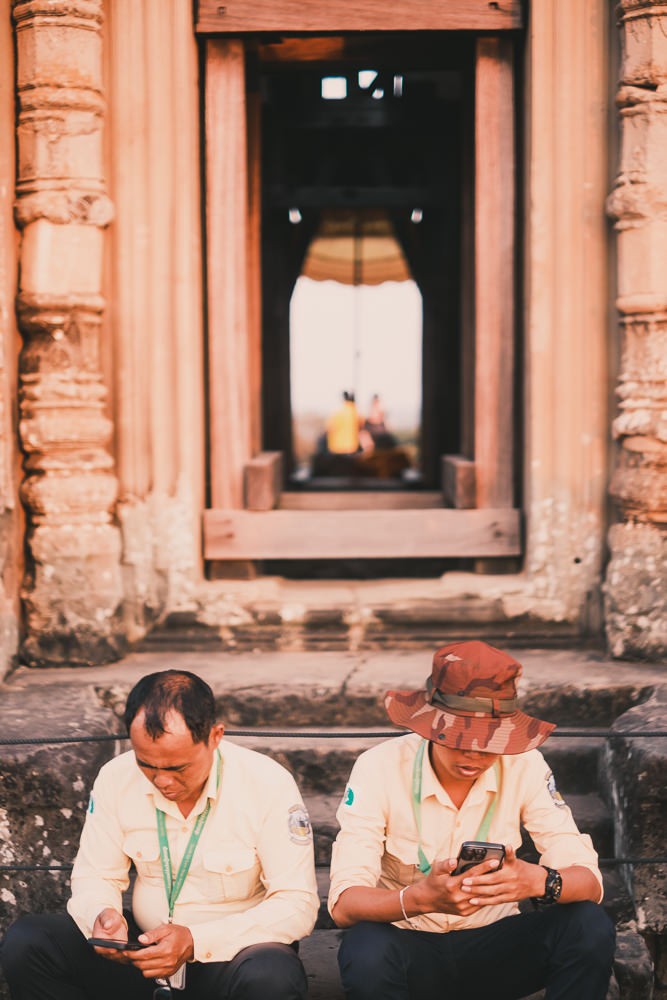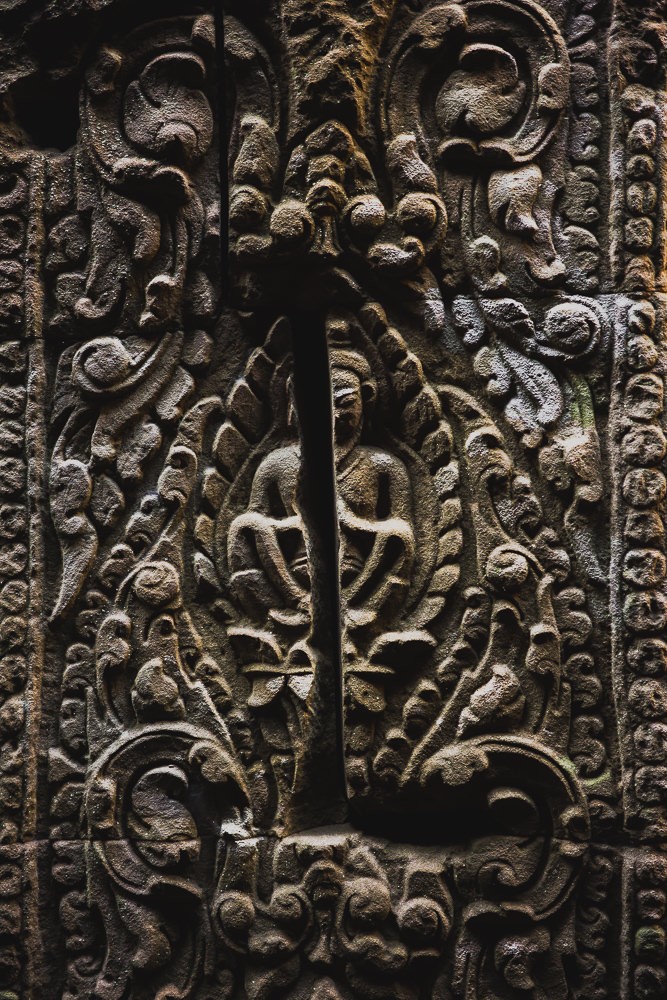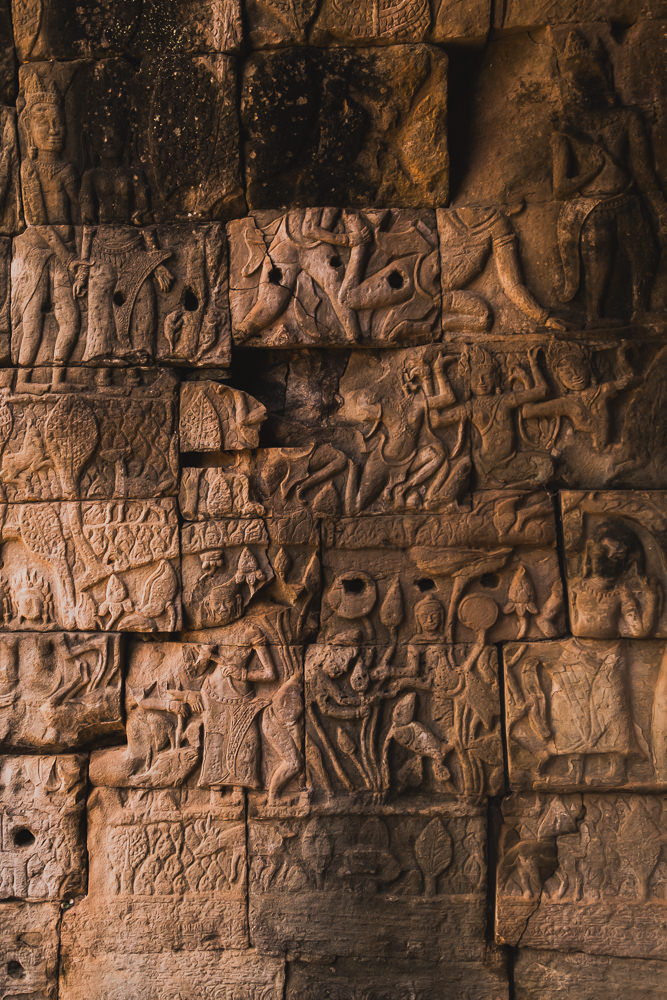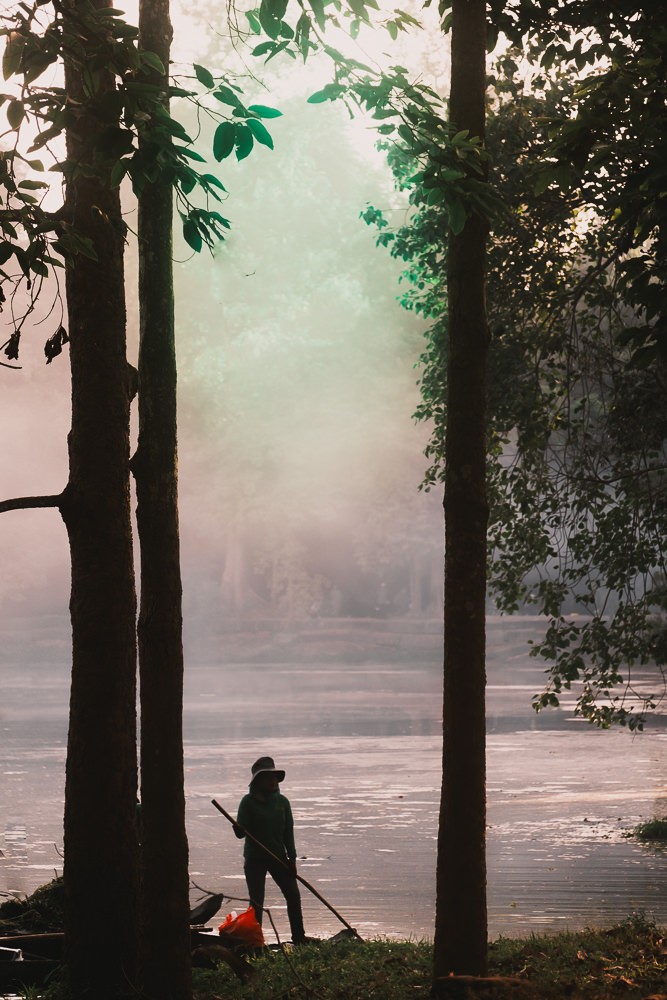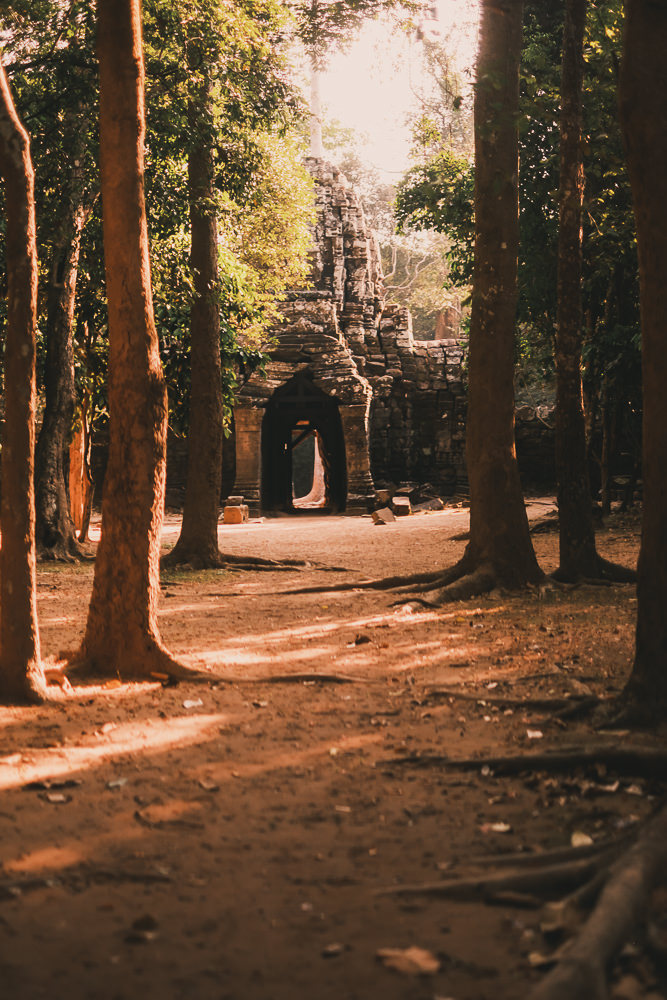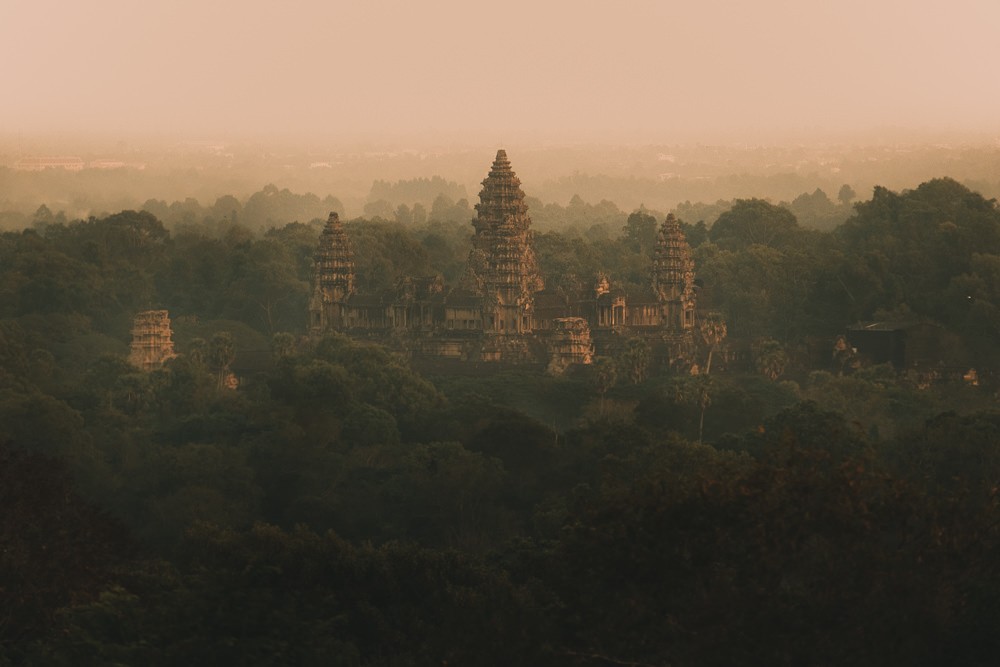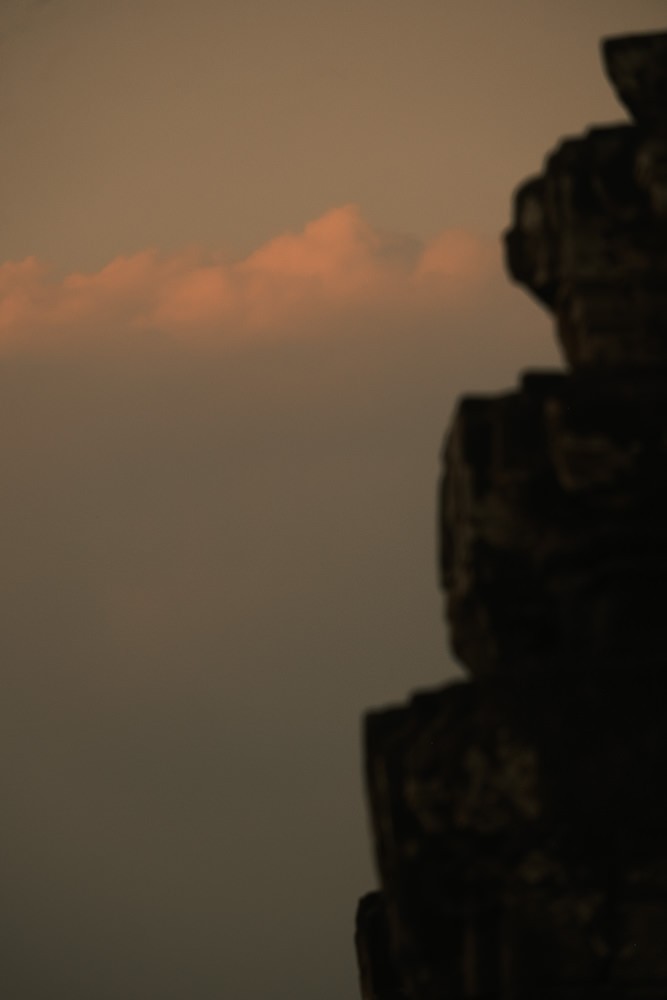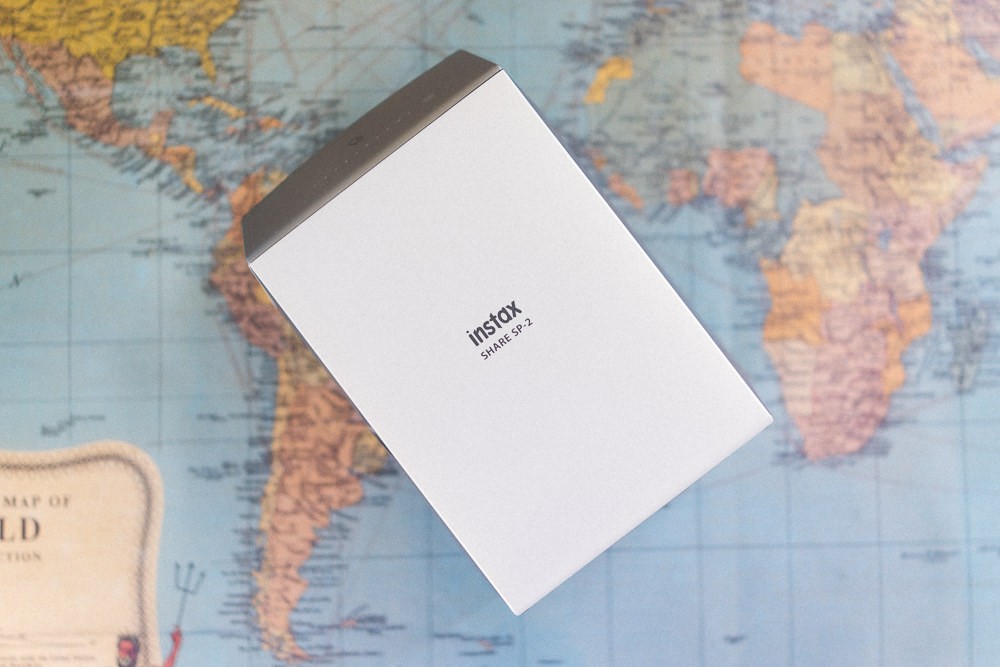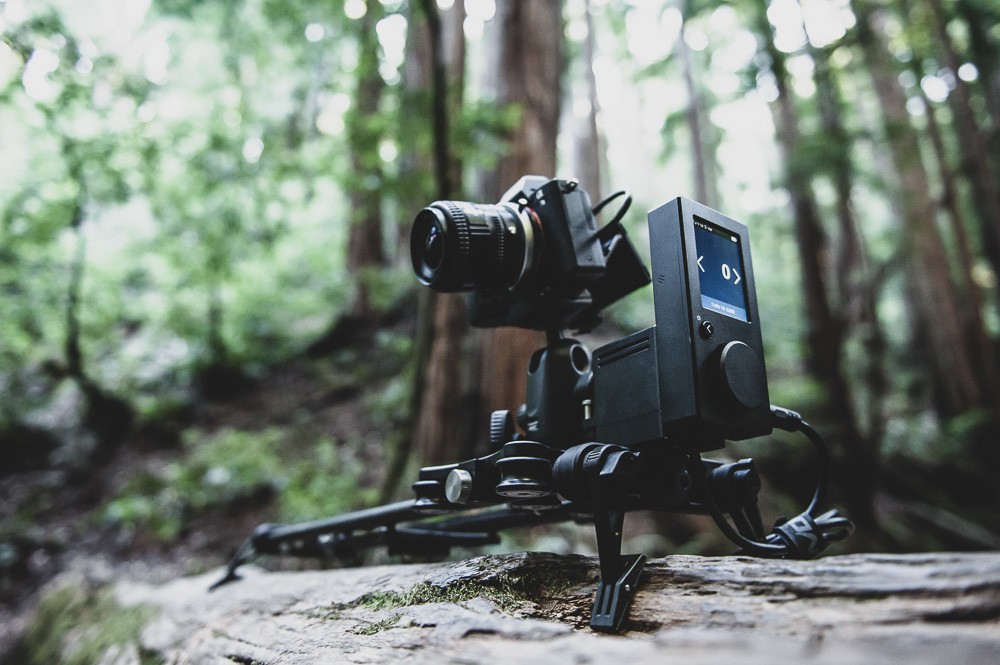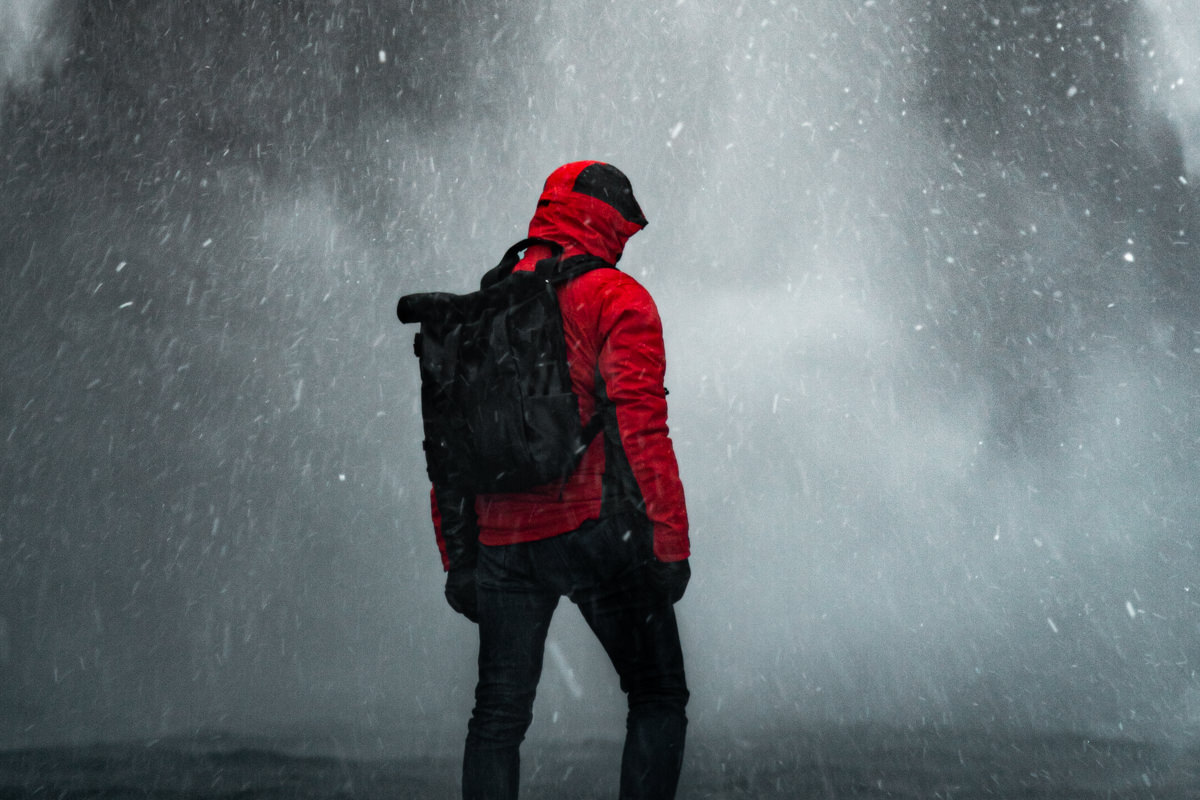Masterclass Visual Storytelling: 8 Creative Tips To Shoot Angkor Wat
Masterclass Visual Storytelling: 8 Creative Tips To Shoot Angkor Wat
My journey to Siem Reap and the ancient city of Angkor started with a missed airport pick-up and sharing a taxi with two strangers. After telling them that I was a photographer, one of the guys asked if I was excited to shoot Angkor Wat. I nearly said “yes,” but I wasn’t so sure.
The first photograph of Angkor Wat was taken in 1866 by Scottish photographer John Thomson.

Over the next 150 years, the long-standing tradition of photographing Angkor Wat has made it one of the most visually recorded places in the world.
Modern photographers are left with a challenge to find new ways to portray its timeless allure. The pessimist in me wondered if I was already too late.
But that night, the question remained with me. Whether it was inspiration or a challenge to myself, I wanted to do it – attempt to capture Angkor Wat in a different light. My answer changed and I was excited to give it a try.
Time To Go
We arrived to Angkor Wat by tuk-tuk in near darkness save the light from the headlamps of other dawn chasers. Half awake, I followed the a small, scattered group of people towards the reflecting pools in front of the temple. While we waited for sunrise on that misty morning, I felt a strong pull between staying put to watch one of the most famous sunrises in the world and leaving the mass.
When the first light revealed the absolute horde of people, I knew it was time to go.
1. Leave The Crowd
The most surefire way to get a boring shot is to stand where everyone else is standing. Not always, but 99% of the time. If you’re looking to capture something unique, the obvious thing is to just be somewhere else.
For my first morning, I chose to wait right at the entrance of the temple instead of by the crowded reflecting pond. It ended paying off, because I was the first one to enter the temple that morning and I was able to get an empty shot of the entrance with the sun glowing behind.
On my other mornings chasing the sunrise, I went to places that were empty, like Srah Srang and Pre Rup Temple. You can also see where my favorite sunset spots were in my cheat sheet on the Angkor complex.
2. Chase the Unseen Angles
Most images of Angkor Wat try to capture its symmetrical grandeur from the front with the two reflecting ponds.
Why not explore its less photographed back entrance or the hidden corners?
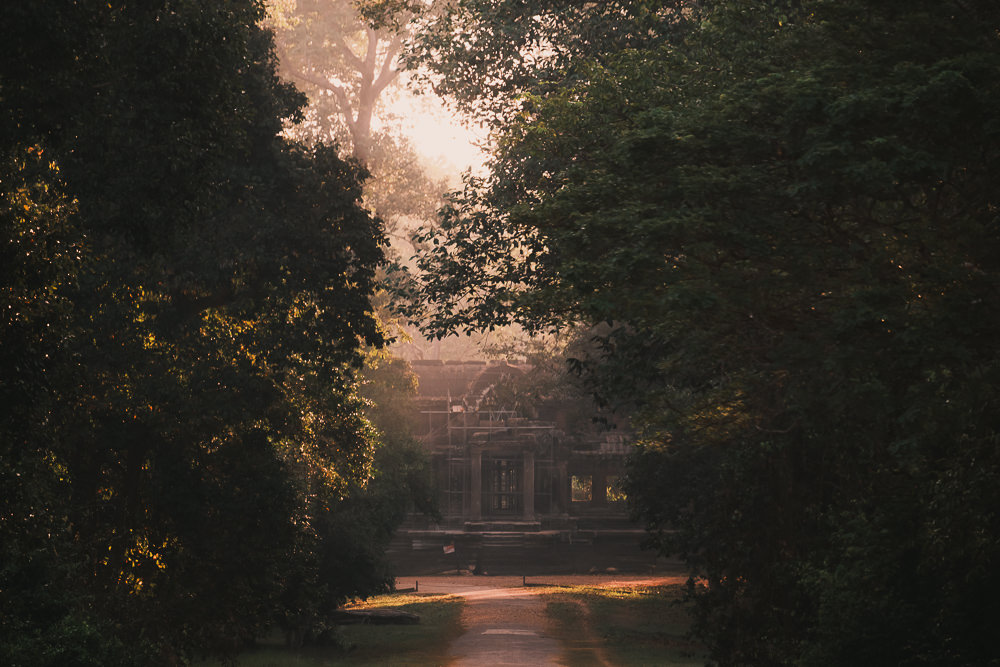
2. Play with Light and Shadows
Angkor Wat transforms dramatically with different lighting conditions.
Use the interplay of light and shadows to create photos that emphasize depth and drama. Long exposures during these times can also turn an ordinary scene into a surreal spectacle, blending moving clouds and silhouettes.
Don’t be afraid to shoot with the harsh shadows of midday to accentuate textures and create contrast
Each section of Angkor Wat basks in its own unique light and shadows throughout the day. I noticed a statue in the eastern gallery with a golden drape that lit up and glittered when the morning light finally reached the window.
And finally, take advantage of the golden hues of sunrise and sunset. It’s the easiest time to shoot because everything just looks magical already. I always have a diffusion filter on my lenses for these moments.
3. Include Human Elements
Photographers often wait for a moment when no one is in the frame to capture the temples. I prefer the opposite. Instead, consider including monks in their bright orange robes, or a solitary figure walking through the frame.
At sunset, I saw a pair of guides passing time on their phone while waiting for their clients to get the sunset shots.
These human elements can add scale and show the everyday elements of life that happens around the temple.
4. Focus on Details
While the grand architecture of Angkor Wat is undeniably breathtaking, its beauty is equally in the details. Close-up shots of the intricate carvings, the textures of the stones worn out by time, or a view through a weathered doorway can offer a different narrative. These details often go unnoticed but speak volumes about the craftsmanship and the era’s artistry.
5. Look For Fleeting Moments
The two shots below were captured just seconds before the subject moved away. I’m always composing and framing shots as I walk, but I’m not always looking at just the temples. Keep your eyes active and watch for activity unfolding. Try to anticipate movement and be prepared to release the shutter when you find that perfectly timed moment.
6. Explore Beyond The Main Temple
The Angkor complex is massive and while Angkor Wat is the jewel of the ancient city, the many scattered temples are just as impressive and offer more opportunities to create unique shots.
7. Get Higher And Farther Away
Drones are not allowed in the Angkor complex, but you can try to higher points, like at Phnom Bakheng, to get a bird’s-eye view around the landscape. With a long telephoto lens, I was able to zoom in on Angkor Wat from farther away, to give a different angle and context that ground-level shots might miss.
8. Embrace The Mood
Don’t shy away from visiting Angkor Wat during inclement weather. Storm clouds, mist, or even a drizzle can add a lot of atmospheres and result in highly moody and powerful images. Weather conditions can drastically alter the mood and convey a sense of drama that sunny days cannot.
I was blessed with good weather, but I’d imagine Angkor Wat would look amazing with a heavy layer of fast moving fog or in the rain. In the absence of that, you can create mood by shooting at sunrise and sunset.
Last Thoughts On Photography Angkor
Every visit to Angkor Wat is an opportunity to see it through a new lens, literally and figuratively. As photographers, our challenge is not just to see but to notice; not just to look, but to envision anew. Angkor Wat isn’t just a monument of stone; it is a canvas, ever-ready for fresh stories to be told through our lenses.
In chasing these new visions, remember that creativity is not just about where you point your camera but how you see the world through it. As I pack my gear and prepare for another day at Angkor Wat, I am reminded that the journey of a photographer is one of never-ending learning and limitless possibilities.
Be sure to check out my full cheat sheet guide on Angkor Wat if you’re planning a visit.
For more travel inspirations, scroll through some of the 450+ experiences on my bucket list. Maybe you’ll find your next adventure on there.
How You Can Help
When you make a purchase using these links, you’ll help support this site at no cost to you.
| Booking.com | Agoda.com |
| Amazon.com | Klook.com |
| Viator.com | GetYourGuide.com |
Updated on June 3, 2024





